The city of Salzburg, Austria was home to one of the world’s most well-known composers of the Classical Period — Wolfgang Amadeus Mozart. He was born in 1756 and died in 1791 at the age of 35. Leopold Mozart, Wolfgang’s father was a composer and violinist that may have inspired his son’s love for music. Mozart was only four or five years old when he successfully completed his very own pieces of music, making himself a child prodigy.
Mozart was expertly playing piano and violin by the age of five and began to travel the world to play with other notable composers and performers. As Mozart continued composing music and playing multiple instruments, he created more than 800 musical works ranging from symphonies, choral music, and operas. His works are now known around the world and his memory lives on through music.
In Salzburg, the home where Mozart was born and where he spent the majority of his childhood has been transformed into a museum. The museum holds many important documents, pieces of music, portraits, and instruments belonging to Mozart. An entire square in Salzburg has also been dedicated to him and a special chocolate treat was created in his name nearly 100 years after his passing.
Mozartplatz
The Mozartplatz town square is located in the centre of Salzburg’s Old Town. The square is home to many historically significant places like the Neue Residenz, home to the Salzburg Museum since 2007, the home of Mozart’s widow, the Salzburg Christmas Museum, and the famous Café Glockenspiel. In the center of the Mozartplatz is the Mozart statue by Ludwig Schwanthaler. The almost 10-foot statue has been in the middle of the square since its erection in 1842, over 180 years ago.
The statue was originally supposed to be unveiled on the 50th anniversary of Mozart’s death in 1841, but during its construction, an ancient Roman mosaic was found in the ground and had to be properly recovered. A reconstruction of the Roman mosaic can be found today at the foot of the statue. When the statue was eventually unveiled, in attendance were Mozart’s sons and onlookers. The Bavarian King Ludwig I sponsored the Mozart statue and donated the marble pedestal it sits on today.
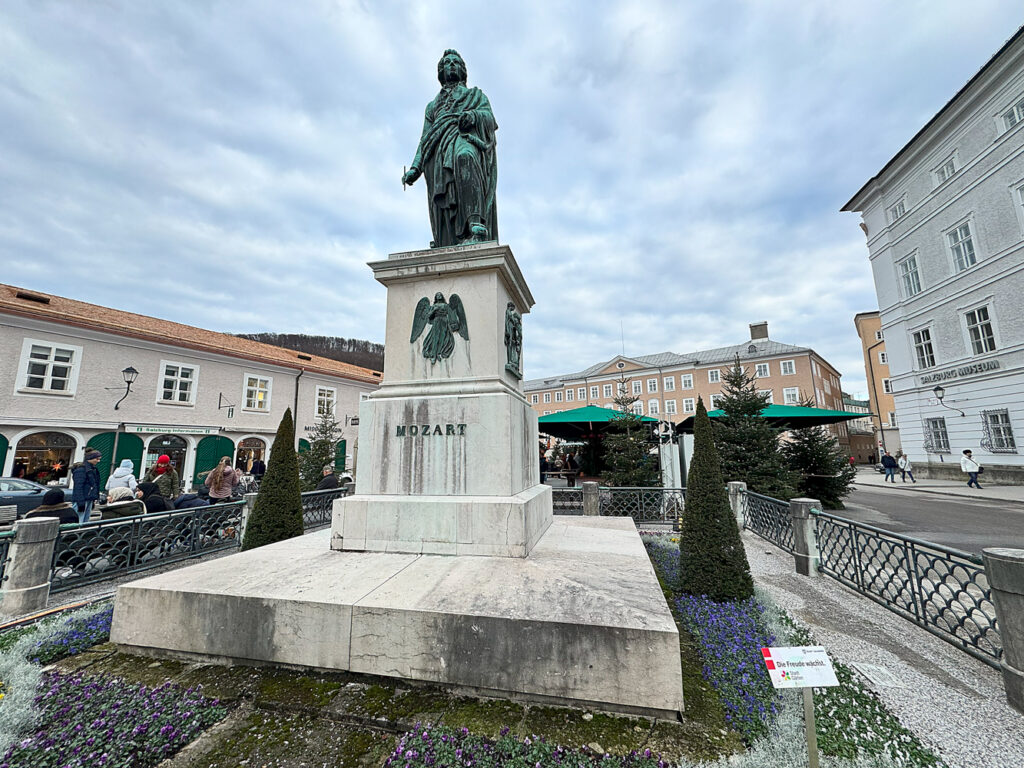
Salzburg Mozartkugel
Not far from Mozartplatz is the sweets shop that created the famous Salzburg Mozartkugel 100 years after Mozart’s death. Confectioner Paul Fürst opened his shop in 1890 and created his world-famous Salzburger Mozartkugel. The new sweet treat was originally called a “Mozart bonbon”. The pistachio-marzipan covered in nougat and dipped in dark chocolate quickly became the city’s most famous sweet and savory bite.
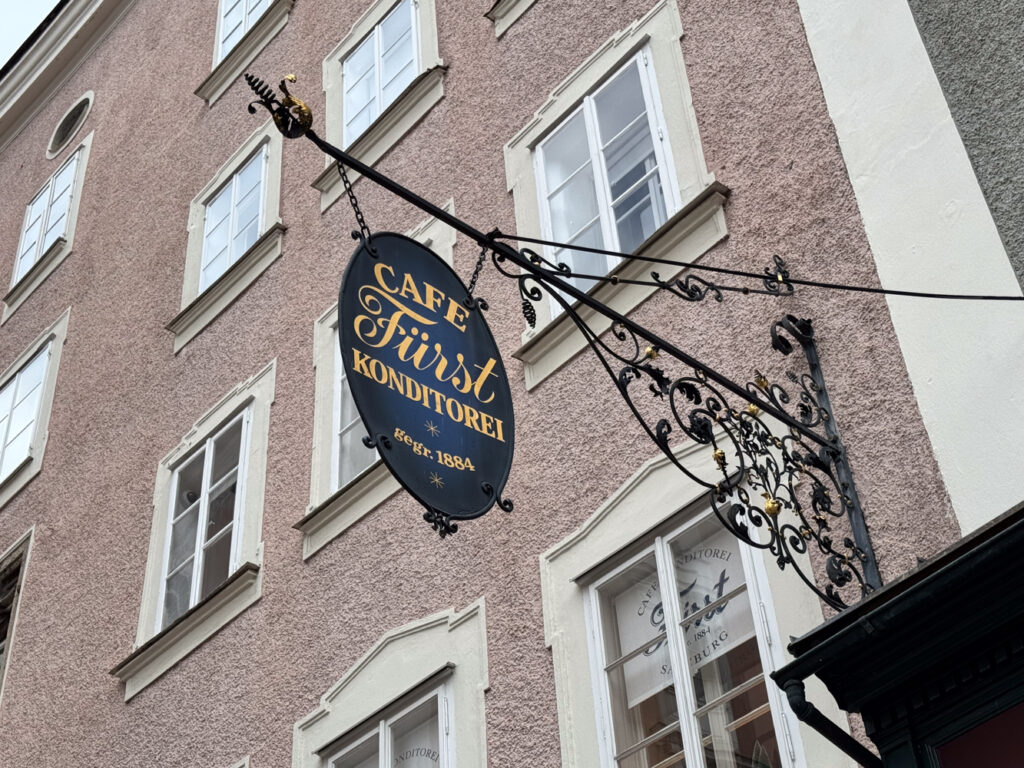
Now known as the “Mozartkugel” or “Mozart ball” in English – the chocolate was to be perfectly round and be packaged in a silver foil with a blue side profile of Mozart. The chocolates are still made using the original recipe and process of being hand dipped into chocolate. We had the chance to taste one of these Austrian classics and they were absolutely delicious.
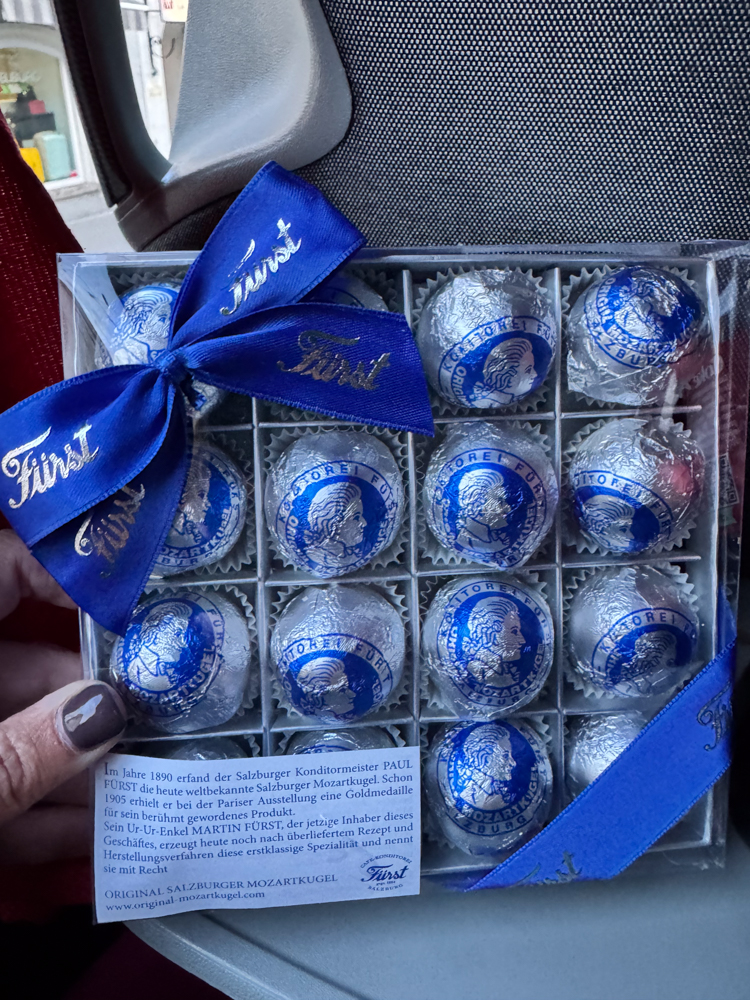
Mozart’s Birthplace
The house where Mozart was born on January 27, 1756 sits at Getreidegasse No. 9 and has become one of the most visited museums in the world. Mozart and his family lived here for 26 years, occupying an apartment on the third floor. His parents Leopold and Anna Maria as well as sister Maria Anna “Nannerl” all lived together. In 1773, the family moved to the house we know today as the “Mozart Residence”, on the Makartplatz Square.
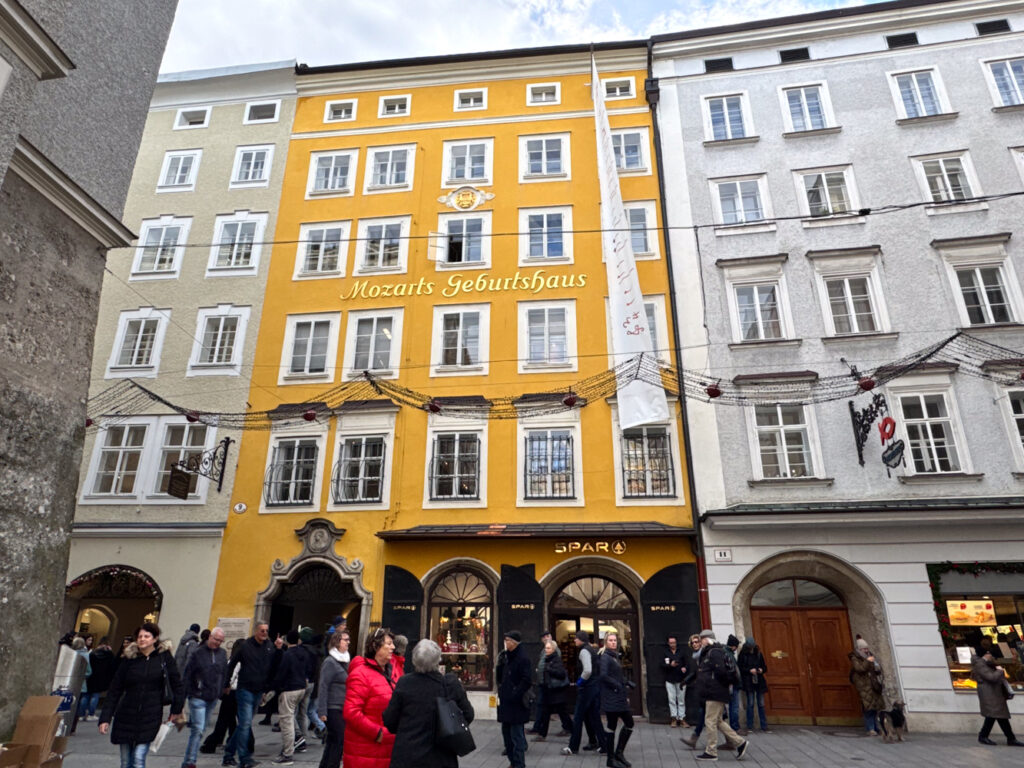
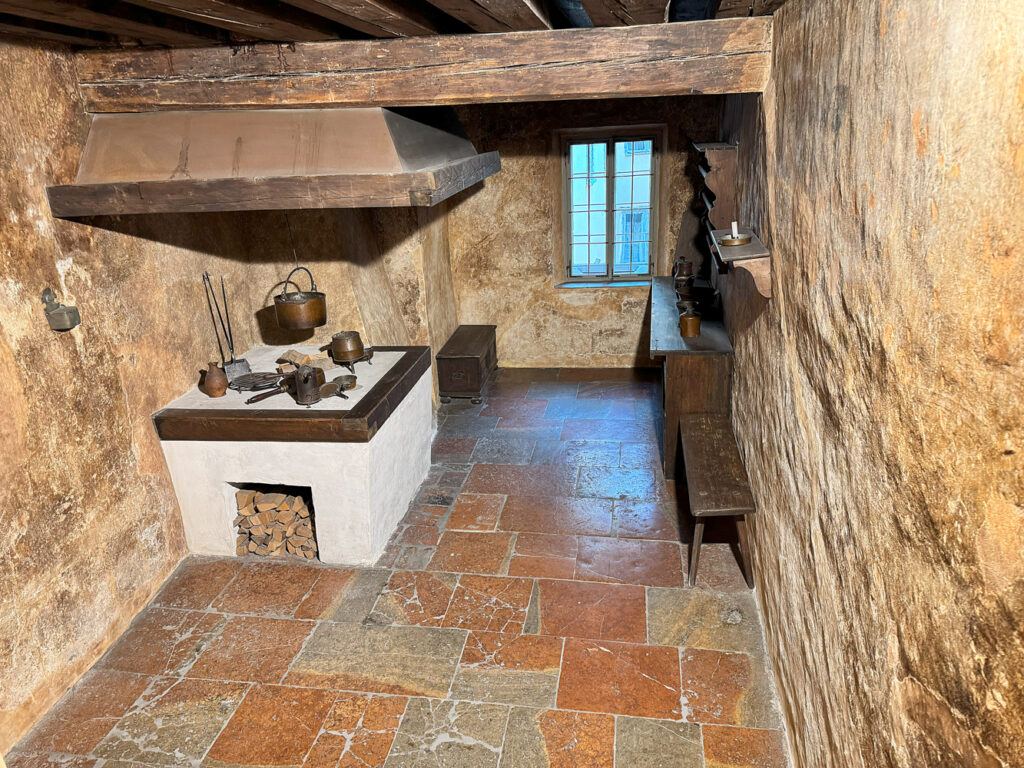
In the home-turned three-story exhibition, visitors are invited to wander through the original rooms that Mozart and his family called home in the 18th century. Placards around the rooms detail Mozart’s life, growing up in the 18th century, how he began making music, who his friends and patrons were, his love for opera, and much more.
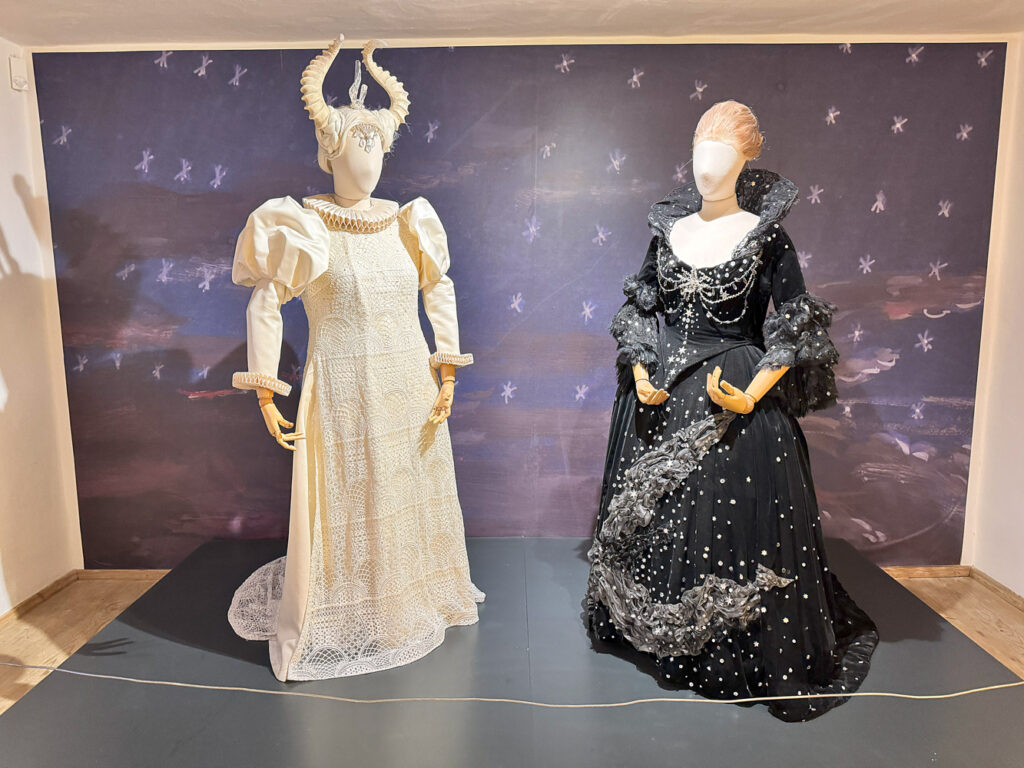
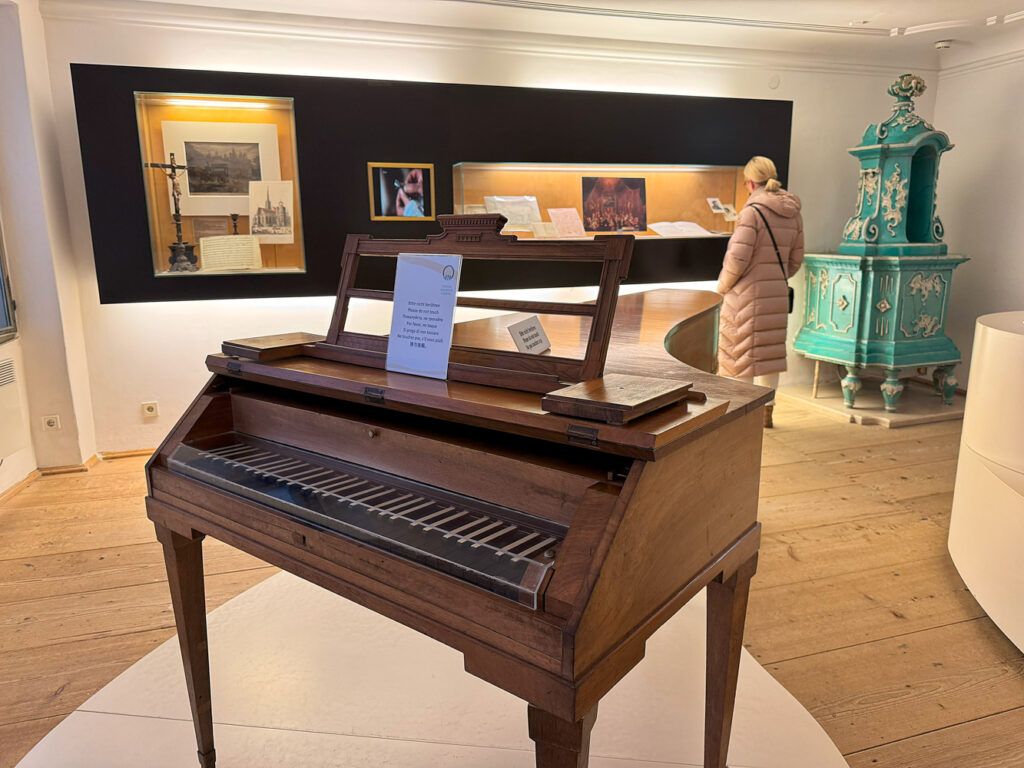
Original certificates, letters, memorabilia, and written music document Mozart’s life in Salzburg. Portraits line the walls, most done during Mozart’s lifetime, allowing visitors to see him as he was for many of his concerts — wearing elegant clothing and his signature white wig. Also, in the home are an array of real instruments Mozart played during his lifetime. There is a violin on display along with his viola, fortepiano, and clavichord.
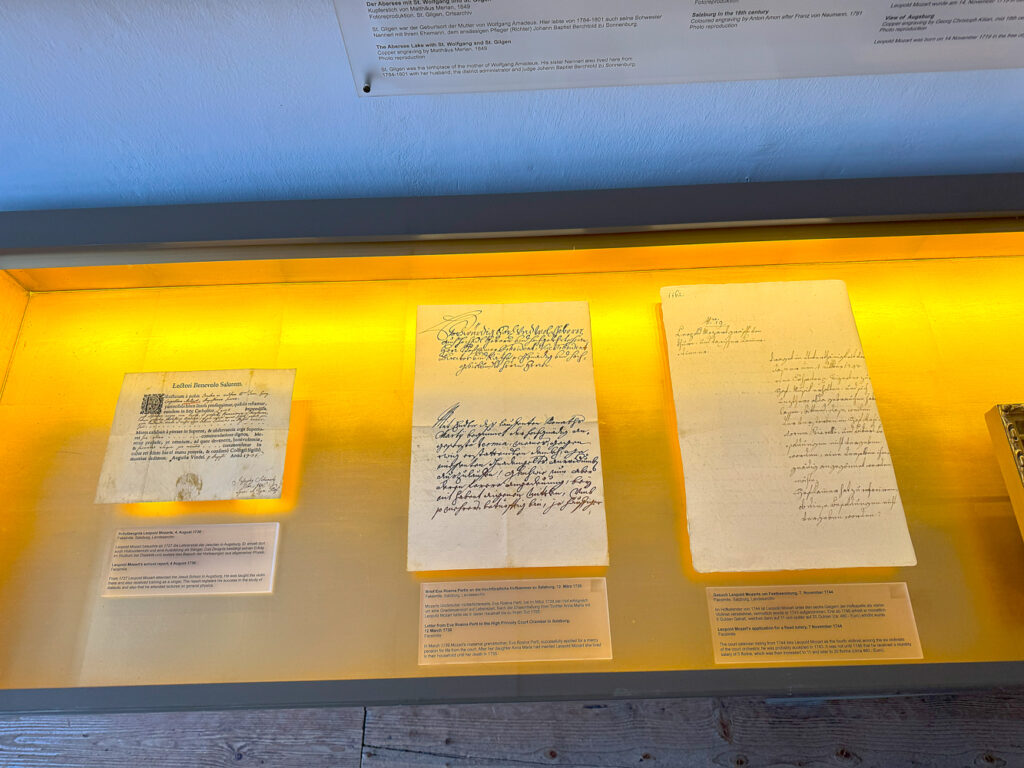
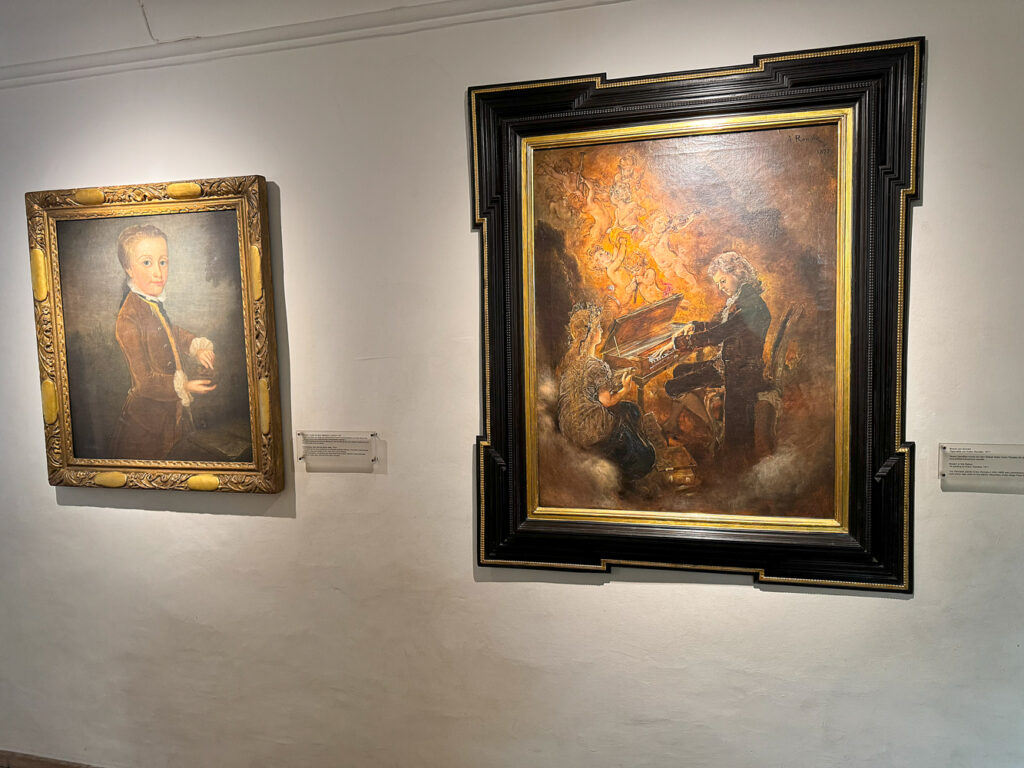
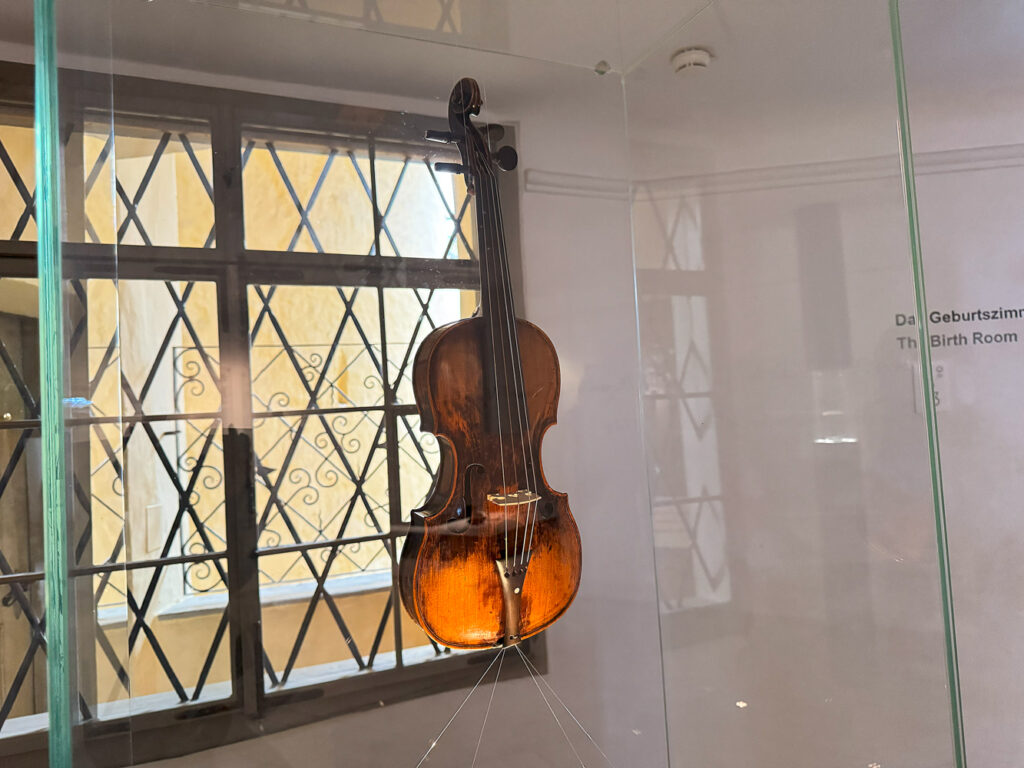
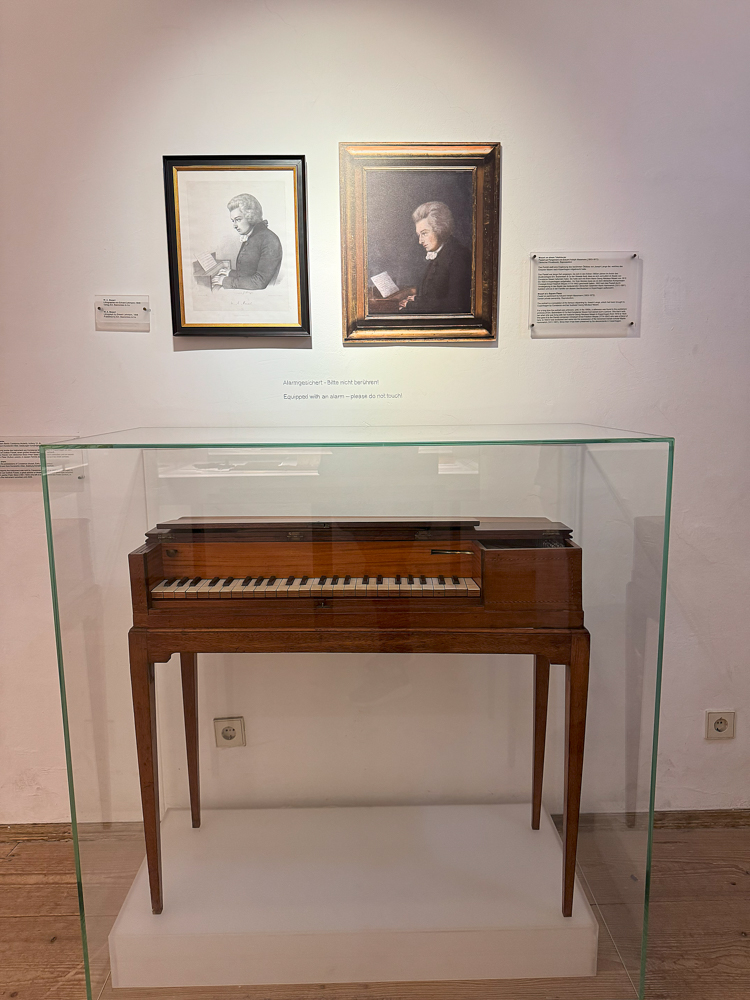
The Mozart Birthplace museum is open daily from 9 a.m. to 5:30 p.m. It takes about 1 hour to fully explore. Before your visit, you can download the Mozart app that accompanies the in-person museum with musical highlights and other information about the museum. There is a text guide you can pull up on your phone accompanied by exhibit descriptions within the museums. Admission is around $15.00.
Words by Emily Cigan @emily.cigan and Amy Harris @thetraveladdictig

